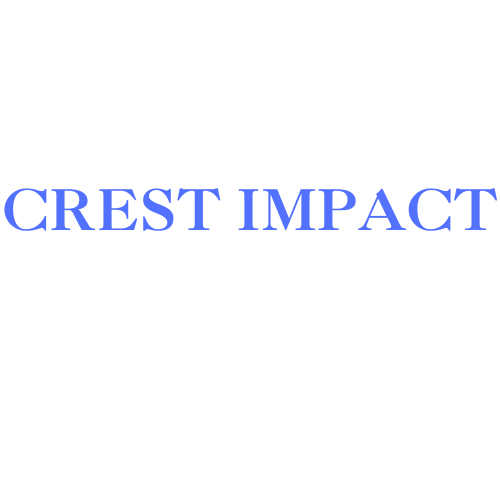
End racism
Crest Impact defines anti-racism as the intentional, continuous, and consistent work that seeks to dismantle racism while creating visible, positive, and lasting changes for racially marginalised people. There are many forms of hate, discrimination and racism. This gets a lot of people confused. It is, therefore, important for organisations to first understand the terminology they use, so they can effectively listen and support their employees, clients, suppliers and partners on issues pertaining to racism. Discrimination is not always based on ethnicity or race and can be based on nationality, religion/faith, gender, sexual orientation, disability, age, first language, etc. With anti-racism, we focus on education and work against the hate, ignorance and discrimination directed towards people due to how they are racially categorised. Please pay attention to how we are not conflating different issues and use this method of learning in your organisation.
Racism is structural and global. It is propelled, practised and perpetuated by people within human-built institutions and society. Racism is institutionalised and embedded in schools, legal institutions, healthcare, companies, government and trading policies, etc. Racism includes anti-Black /African racism, anti-Asian racism, etc. Racism in your organisation and spaces cannot be dismantled without admitting it exists. You also need to look at how it exists without deflecting and dismissing its effects. Anti-racism is done through the following ways:
Learning
Practice
Support
Policies and procedures
Learning
Anti-racism training is best given by anti-racism educators and trainers. These are the people who have done/ seen the research, gathered the tools and knowledge, and have the lived experience. Emphasis on the lived experience part. Choosing the right person helps to avoid the simplification and misinterpretation of racial power dynamics and dominance, local and global history, and the effects of racism from an individual lens. Using an external practitioner reduces the fear and makes sure the comfort of those who do not experience racism is not placed before the wellbeing of those who are directly affected by racism. Learning also means looking at our own beliefs, language, and behaviours, both as individuals and teams then unlearning and correcting the ones that support racism.
Practice
Historically, people from certain racially marginalised communities have been unfairly attached to stereotypes that portray them as, e.g., liars, lazy, thieves, criminals, etc. These stereotypes creep into the workplace and subsequently determine who is hired, promoted, listened to, believed, given equitable compensation, among other things. Choosing to assess, admit and change this on a consistent basis is anti-racism in practice.
Support
The racially marginalised communities that need anti-racism policies so they can exist safely also need to be supported through safe channels of reporting. Racist incidents should be discussed by the person victimised, without fear of repercussions. This is why and where an external anti-racism practitioner is needed to guide your organisation through the process so that your affected employees are not exposed to more harm especially if you are not familiar or experienced in solving issues around racism.
Policies and Procedures
Organisations should design anti-racism policies that should be part and parcel of the work culture and processes. These policies should also encourage accountability and redress when racism occurs. Without procedures, racially marginalised employees become targets of racism, racial micro-aggressions and gaslighting. This leads to mental health issues and eventually, departure from your organisation.

